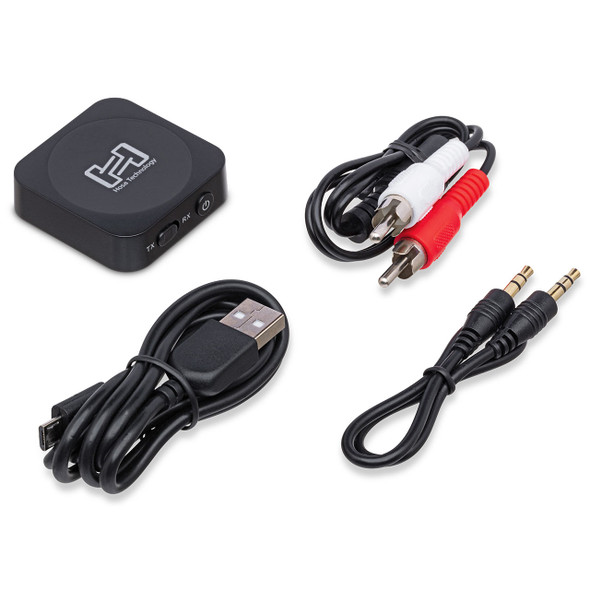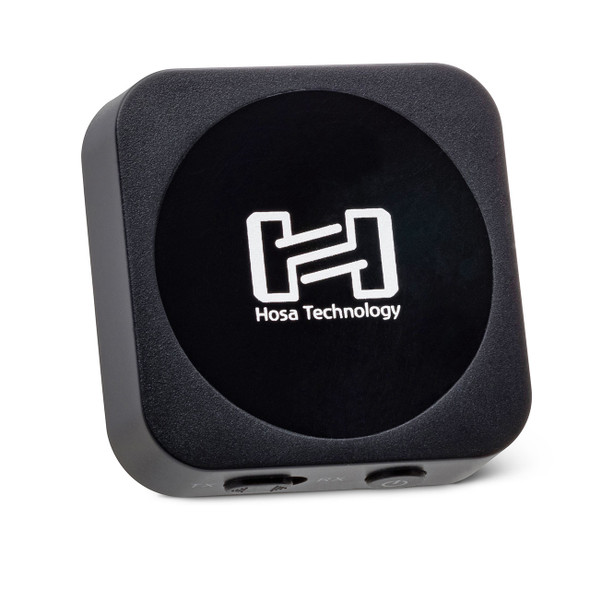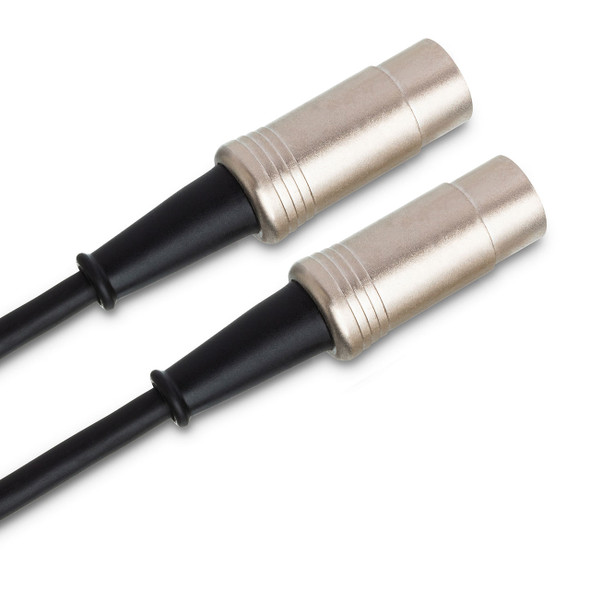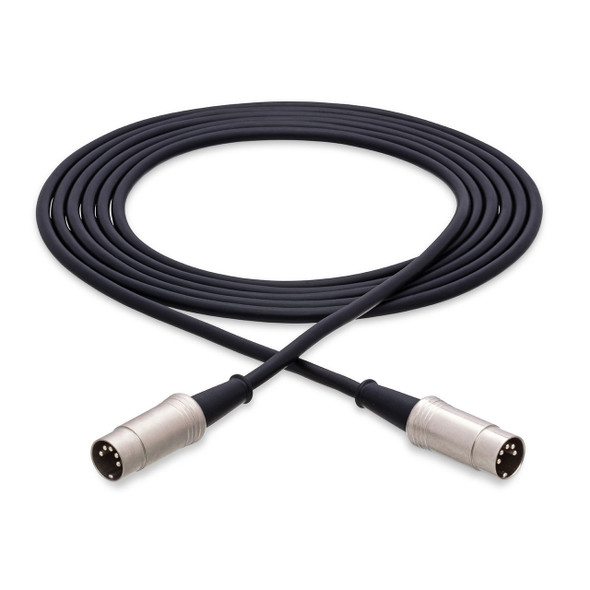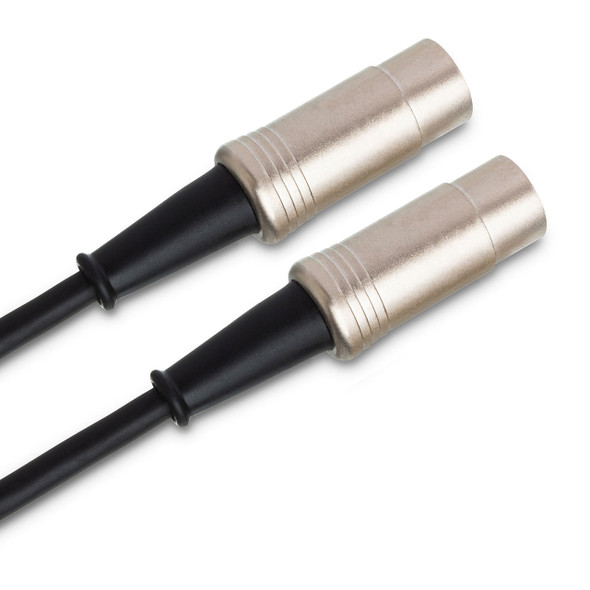Hosa Technology
Hosa USM-422 Tracklink MIDI to USB Interface, 6FT
- UPC:
- 728736031708
- MPN:
- USM-422
- Availability:
- Usually ships within 2 business days when in stock.
Description
Hosa USM-422 Tracklink MIDI I/O to USB Type A Interface - 6 ft. The TRACKLINK MIDI to USB Interface makes it easy to connect your keyboard, drum machine, or other MIDI device directly to your computer. Simply plug the MIDI connectors into your device and the USB connector into your computer and play - you'll be tracking in no time!
The TRACKLINK MIDI to USB Interface works with each of the following devices
- Keyboard controllers
- Synthesizers, samplers, and drum machines
- Notation software
Use your existing software to record and edit your performance data. If you use multiple MIDI devices, simply assign each device its own MIDI channel using your software. The TRACKLINK MIDI to USB Interface supports up to 16 MIDI channels with no software driver required. It's that easy!
DETAILS
- Connector 1: USB 2.0 Type A
- Connector 2: MIDI 5-pin DIN (IN/Red)
- Connector 3: MIDI 5-pin DIN (OUT/Black)
- Power: Bus Powered
- Length: 6 ft. (1.82 m)
- Supports up to 16 channels
REQUIREMENTS
- Windows Vista or newer
- Mac OS X 10.6 or newer
- Digital Audio Workstation or& MIDI editing software
What is a MIDI Interface?
When you have multiple MIDI devices, it’s helpful to use a MIDI interface, which will give you more MIDI ports and added flexibility. For single MIDI applications without the use of a traditional audio interface, the Hosa USM-422 allows you to connect a single MIDI device via USB to a desktop or laptop computer.
Why Use a MIDI to USB Interface
If you don't have an audio interface or are already using all your interface’s MIDI ports. Maybe you're looking for a portable solution so you don't have to drag your audio interface everywhere. The Hosa MIDI to USB interface allows you to connect any MIDI device directly into your computer. Less moving parts means less setup and troubleshooting—and more creating.
Considerations When Buying a MIDI to USB Interface
First thing to consider is how many devices you plan on using to know how many MIDI ports are needed. Many newer devices have MIDI interfaces built into them and can be connected via a simple USB to your computer, but for legacy equipment, you will need a dedicated MIDI to USB interface like Hosa's MIDI to USB Interface. In most circumstances, if you're using a single device to control in your DAW for recording or performance purposes, you will only need a MIDI interface with 2 ports, MIDI In and MIDI Out. If you plan on doing more complex work including video and multitrack recording, you will want to consider an interface capable of syncing all your devices.
How to Set Up Your TRACKLINK MIDI to USB Interface Cable
Setup is a simple process for Mac and Windows. Let us guide you through setting up your TRACKLINK MIDI to USB Interface Cable, whether you prefer to read or watch the setup process. Plug in the device and follow the instructions to get underway in no time. Bear in mind that setup will vary depending on which DAW you are using.
What Devices Can I Use the TRACKLINK MIDI to USB Interface with?
Any device which includes a MIDI out is compatible with the Hosa’s MIDI to USB Interface. This includes electronic keyboards, synthesizers, drum machines, samplers, computers, and audio interfaces. Other devices may also utilize MIDI, which transfers data, not audio, to be reinterpreted at the final stage of the chain, in this case, a computer.
MIDI Ports
MIDI devices commonly have 3 available ports, MIDI In, MIDI Out, and MIDI Thru.
- MIDI In is for the device to receive MIDI data in order to make changes
- MIDI Out is for the device to send changes to a receiver.
- MIDI Thru passes an exact copy of the MIDI information that was received by that device to another receiver.
The reason for MIDI Thru is that MIDI Out will usually contain added information from that device. Should you want to send additional unaffected MIDI data to a different receiver, MIDI Thru allows you to simplify complex signal chains.











